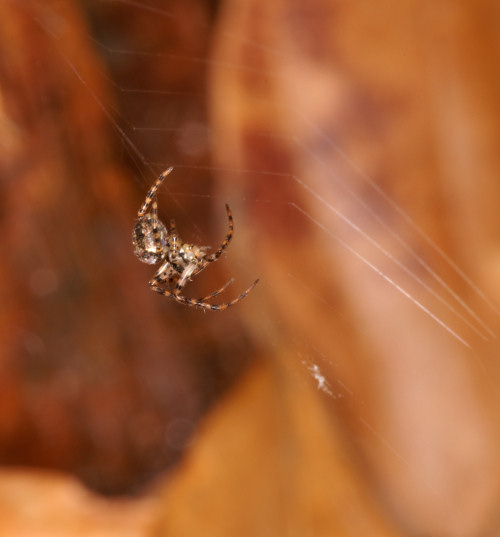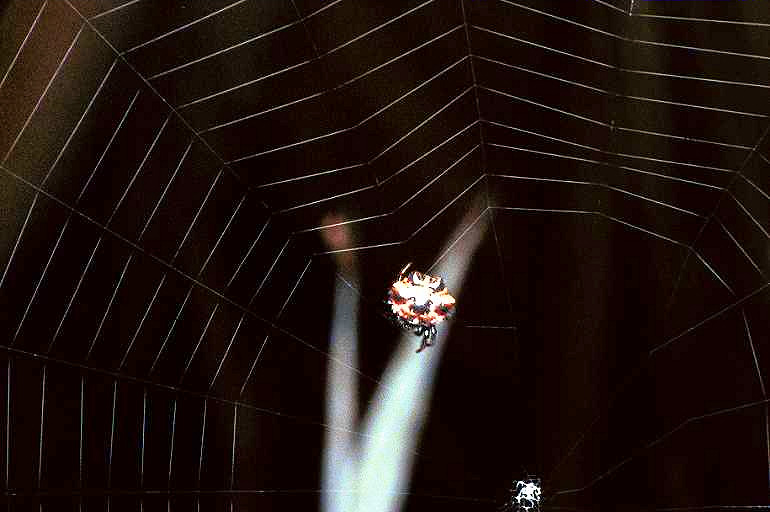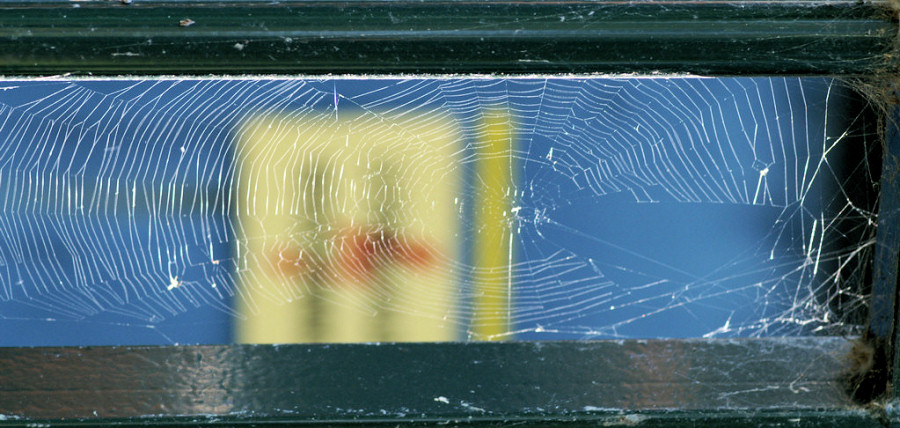
How does an orb web spider make its web?
The most difficult part seems to be the first thread.
Does the spider fly?
Does she throw a line to the other side?
Does she walk down and up at the other side carrying a thread that she
attaches between the two sides?
No, none of these ideas are true. The solution is simple. The spider
releases a sticky thread that is blown away with the wind. If the breeze
carried the silken line to a spot where it sticks the first bridge is
formed.
The spider cautiously crosses along the thin line reinforcing it with a
second line. She enforces the line until it is strong enough.
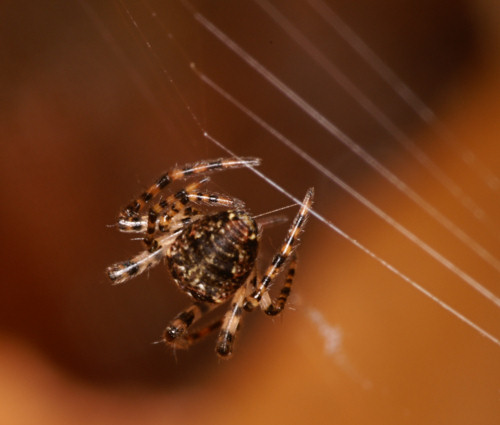
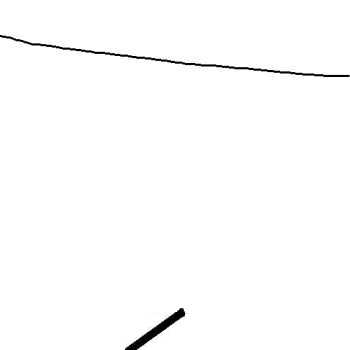
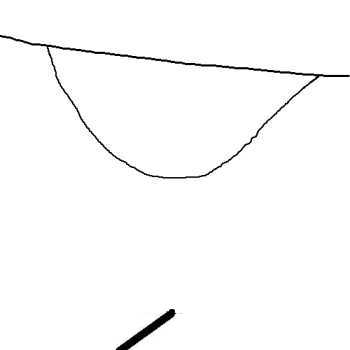
These are the first three radii of the web. Then a frame is constructed to attach the other radii to.
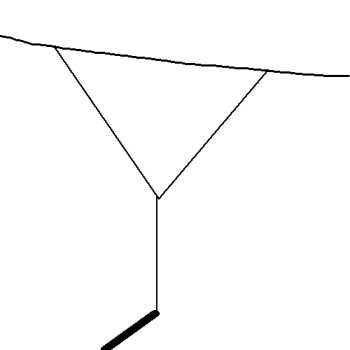
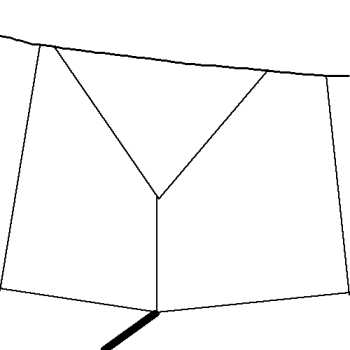
At first non-sticky construction threads a made. The distance between the threads is so wide that the spider can span the width with her legs.
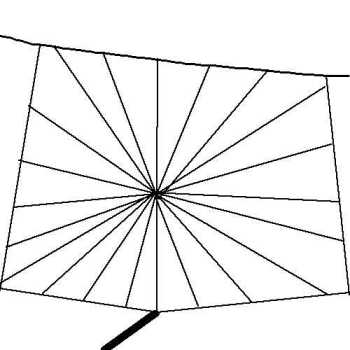
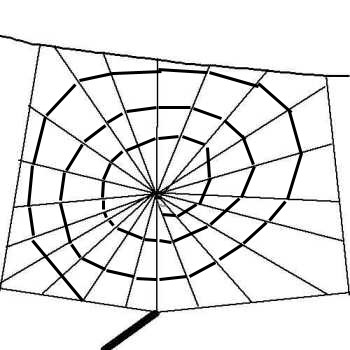
Finally the sticky thread is woven between the circular thread. While
attaching the sticky thread to the radii the construction thread is removed
by the spider.
Then web is completed with non sticky radii and sticky circular threads and
the spider can rest and sit in the centre of the web with her head down.
After a night of hunting the web becomes worn out. The spider removes the
silk in the morning by eating it, only leaving the first bridge line. After
a daytime rest the spider constructs a new web in the evening. If the catch
was low and the web is not heavily damaged the web may stay during the day
and be reused after minor repairing.
There are a lot of variations on this type of orb web. Spiders can leave a
hole in the centre, leave out one sector or only make one sector (like a
piece of a pie) and the extreme form is a single line web.
The web shown is made by the orb web spiders Araneus diadematus.
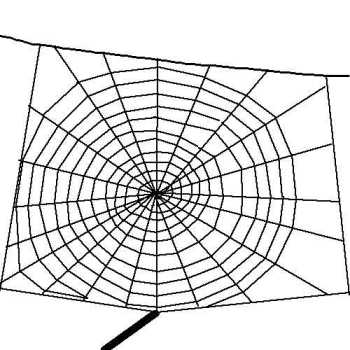
The construction told here is very simplified. The site
below shows animations of the real construction.
Movies and animation on web building in Araneus diadematus from
Samuel Zschokke
